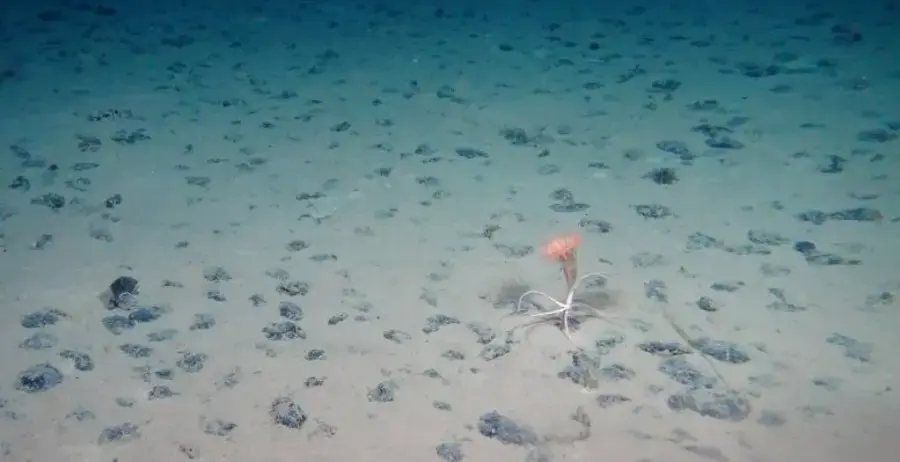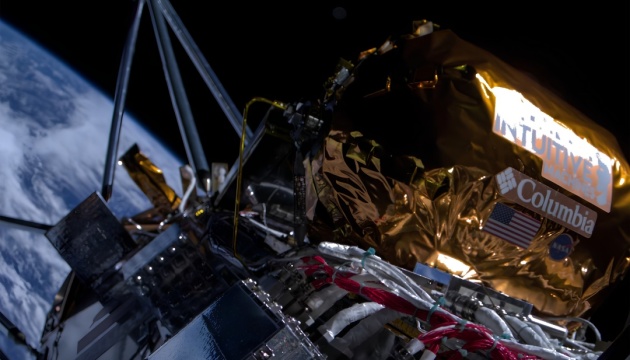“We need to be extremely careful about potential future deep-sea mining because the risk of extinction of these unique species is high.”
The deep oceans, with their hydrothermal vents and areas of manganese nodules, are more biologically diverse than previously thought. This discovery was highlighted in the thesis of NIOZ marine biologist Coral Díaz-Recio Lorenzo, recently defended at Utrecht University.
“This study shows once again that we need to be extremely careful before allowing commercial deep-sea extraction of minerals found in these habitats,” says marine ecologist Sabina Gollner from NIOZ.
isolated animals
For her doctoral research, Diaz-Recio Lorenzo studied copepods she collected from hydrothermal vents in the Lau Basin, at the boundary of the Australian and Pacific plates near the island of Tonga. Using large underwater robots, he collected several of these tiny shrimp-like animals that dominate these habitats. Samples were collected from different points of the same basin.
Through DNA analysis, he showed that the different populations lived quite isolated from each other, with little interaction between the populations. He collected samples from more distant pools that appeared identical but could be considered different species based on their DNA composition.
They live in nodes
The second part of his research concerned manganese nodule samples collected from the Clarion Clipperton Field, a large region in the Pacific Ocean at depths of four to five thousand meters.
He found that these nodules usually contained 10-15 individuals, but sometimes more than 200 individuals of nematodes, copepods, and other animals. Many of these animals appeared to be specific to the nodules because they were not found in sediment samples collected around these nodules. Some animals may even be using the nodules as a breeding ground, as Díaz-Recio Lorenzo found eggs inside the nodules.
extremely careful
NIOZ marine ecologist Sabina Gollner, co-supporter of Diaz-Recio Lorenzo’s doctoral research, is amazed by the uniqueness and diversity of life that can be found around hydrothermal vents and in manganese nodules.
“The sites discovered are areas currently being explored for minerals. However, this study shows that we need to be extremely cautious about the potential future of deep-sea mining because these unique species face a high risk of extinction.”













